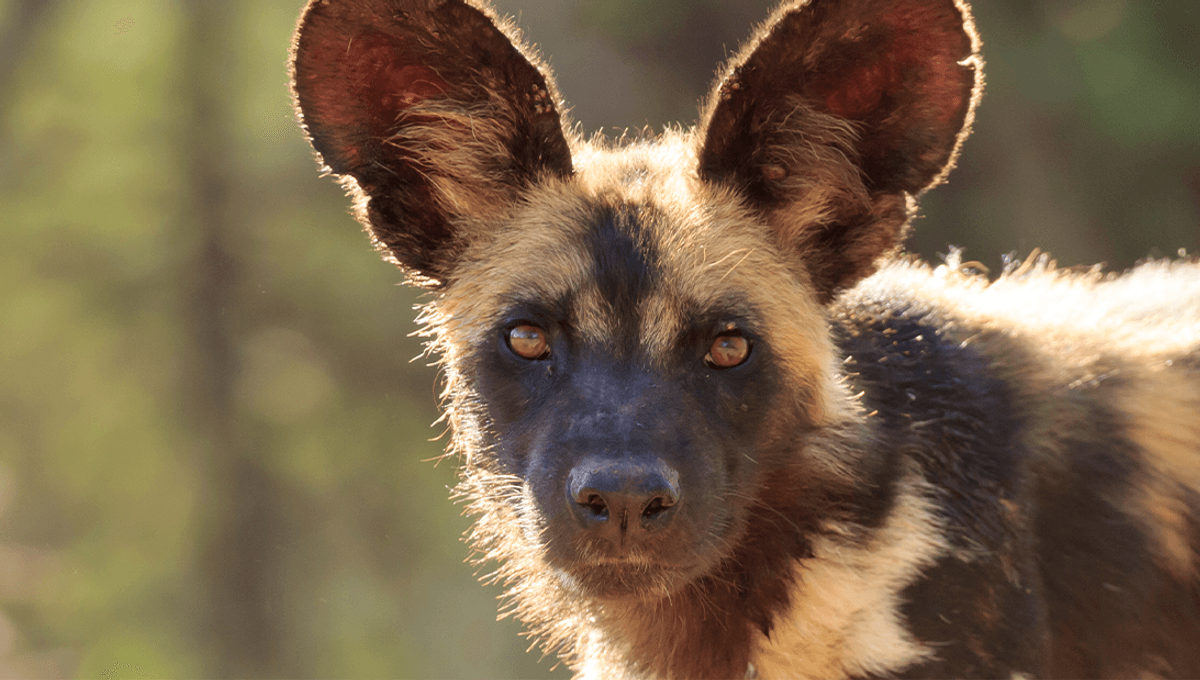
Any dog owner will know that when their four legged friend looks up at them with big puppy dog eyes it’s pretty impossible to resist. Research from 2019 suggested that dogs evolved more complex facial muscles compared to wolves and other wild canid species so they could mimic the expression of their humans to encourage people to look after them. Now, new research seeks to debunk that theory by looking at the facial muscles of African wild dogs.
African wild dogs (Lycaon pictus) are a highly social species that live in wild packs of around 10 individuals, though some groups can number as high as 40. The pack works together to cover large distances and bring down prey. They have high levels of communication within the pack and are considered the most social canid species.
Previous work suggested that enlarged muscles within the faces of domestic dogs facilitated expressive movement of the eyes and eyebrows, including the famous “puppy dog eyes” expression, helping communication between pet and owner. These expressions are facilitated by the muscles levator anguli oculi medialis (LAOM) and retractor anguli oculi lateralis (RAOL), which the previous authors suggested evolved for the purpose of better human-pet communication. This new study examines these muscles in African wild dogs.
By looking closely at the musculature in an adult 12-year-old male African wild dog, which had been medically euthanized, the team compared the wild dog facial muscles to that of domestic dogs. The results show that the LAOM and RAOL lengths are within the ranges for Collies, Dachshunds, German Shepherds, and Jack Russell Terrier domestic dog breeds.
The team concluded that LAOM and RAOL muscles are not only enlarged in domestic dogs, but are developed in a similar way in African wild dogs.
Their study does not distract from the idea that specialized facial muscles could have developed as a way for pets to better communicate with their owners. Instead it suggests that other highly social dog species, like the African wild dog, could also have highly developed facial muscles to facilitate a broad range of communication with the other animals within their pack.
Interestingly, the 2019 study found only vestigal remains of LAOM and RAOL in gray wolves (Canis lupus). Gray wolves are known to communicate with one another through touch and scent, suggesting that these methods may be more important in wolf communication than facial expressions.
The paper is published in The Anatomical Record.
Source Link: Puppy Dog Eyes Are Not Exclusive To Pets, African Wild Dogs Make Them Too